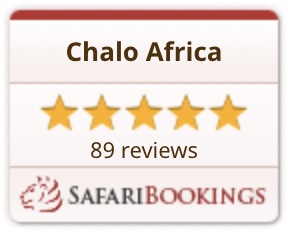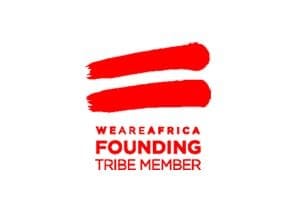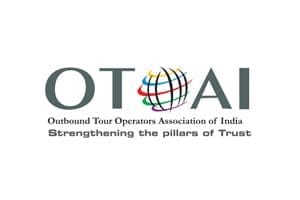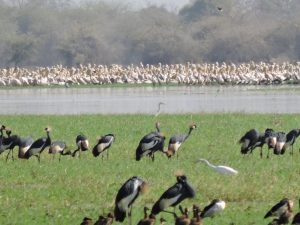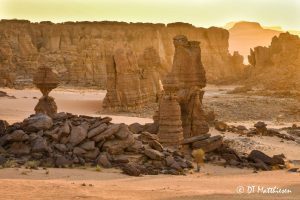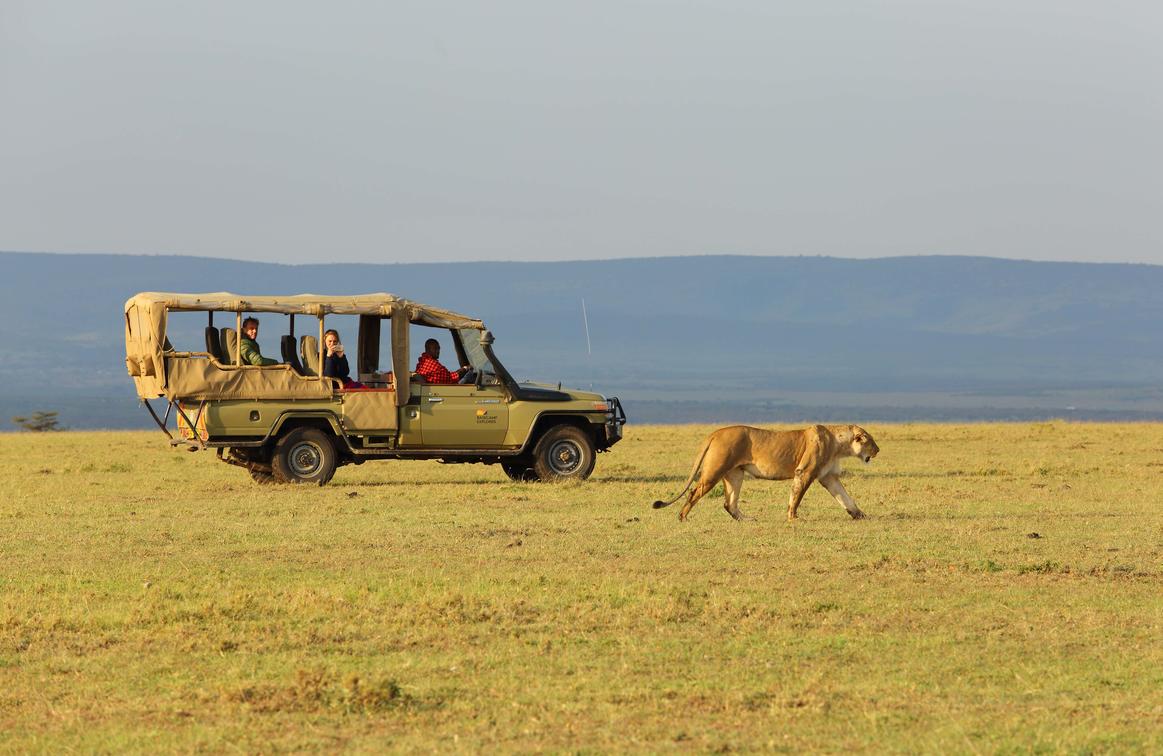
Tanzania’s Northern Quest
Tried and Trusted by Safari Lovers
Rated 5/5 on SafariBookings. Independent feedback based on 89 reviews. We are also members of leading tourism organizations such as…
4000+ happy guests since ’13
100% customizable trips
24/7 support when on safari
Secure bookings
Travel to Undiscovered Africa
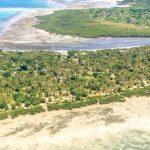
Luxury Sea Safari Off the Coast of Tanzania
A luxury live-aboard sea safari, on a private motor yacht exploring the beautiful waters of Mafia and surrounding remote tropical islands. Swim with whale sharks, discovering these incredible animals while connecting with, and learning from, the scientists who work closely with them.
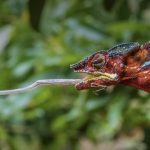
Madagascar Adventure 2024: A School Trip
On this trip, students will have a Madagascar adventure like no other because they will be guided throughout their journey by the extraordinary conservation biologist, Steve Goodman, and some of his Malagasy Ph.D students, who have kindly agreed to accompany us.
Dates: June 01 – June 14, 2024
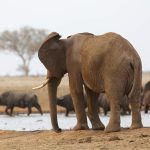
Exploring Sheldrick Wildlife Trust — Black, Red & Mottled in Kenya 2024
Sometimes we go to Africa to get our Big Cat & wilderness fix. At other times, we go to marvel at iconic spectacles like the Great Migration. And then there are times we visit because we want to target the rarest of rare animals, or the most extraordinary wildlife stories and experiences. This safari is one of those…
The Chalo Africa Safari Diary
Guest Trip Report: Zakouma + Ennedi with Chalo Africa – Chad Feb/March 2020
This is a SafariTalk trip report by RC88COR who travelled with us on a small group expedition in February 2020. Like many on their first safari I visited Tanzania’s iconic Serengeti and the northern circuit, but my second safari was to be very different. I did a deep dive into African wildlife conservation, community support…
Continue Reading » Guest Trip Report: Zakouma + Ennedi with Chalo Africa – Chad Feb/March 2020
Ennedi : The Lost Kingdom
“One sits down on a desert sand dune, sees nothing, hears nothing, yet through the silence something throbs and gleams…” – Saint-Exupéry Ennedi inspires every kind of art – really it does. From painting to sculpture to photography, from poetry to literature to dance, it really does. If you are one of the lucky ones to…
Our African Safari Partners
We partner with some of the best African safari camps and lodges. Our safari experts visit these camps personally and provide you with an unbiased view of each property.


